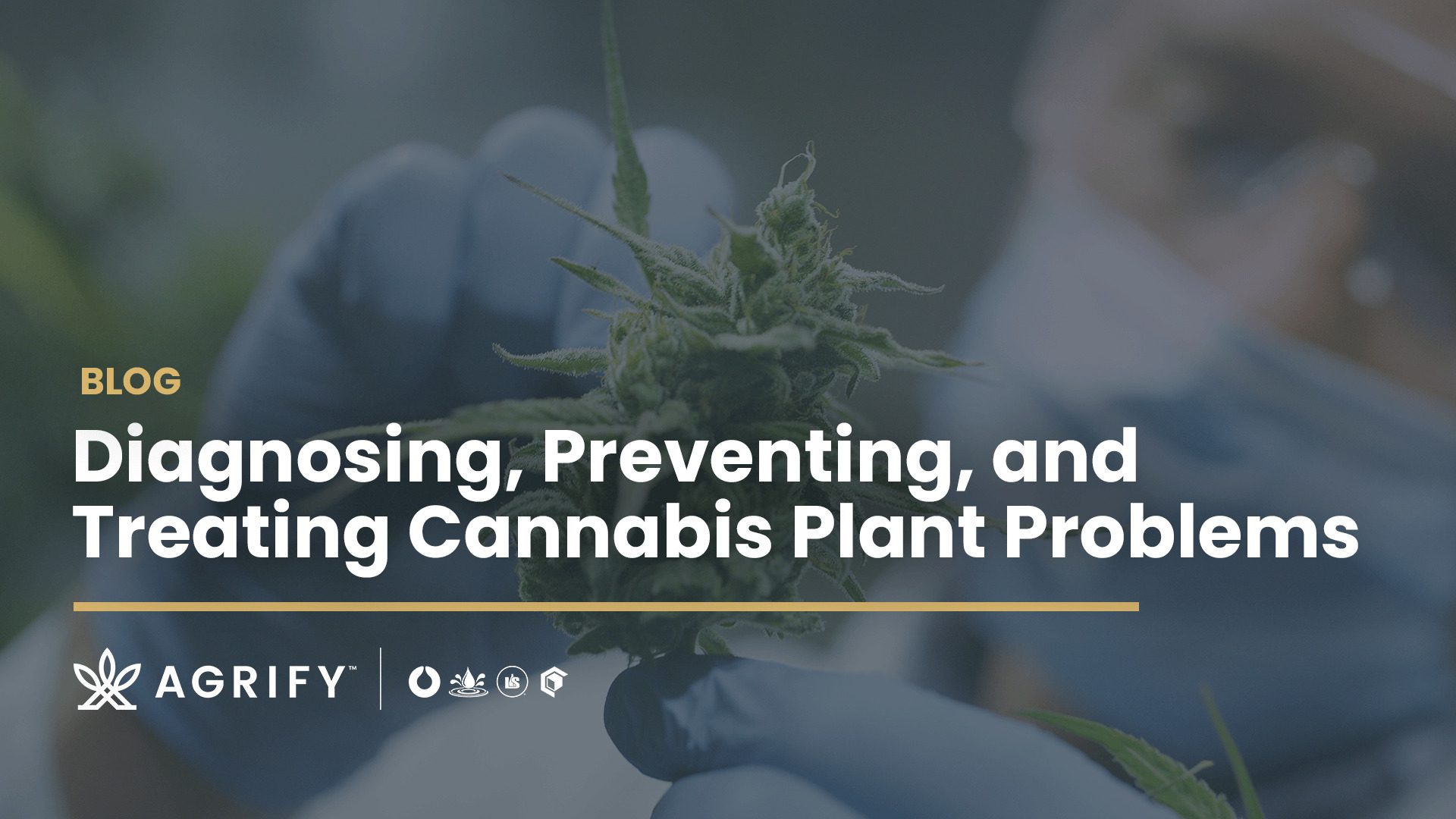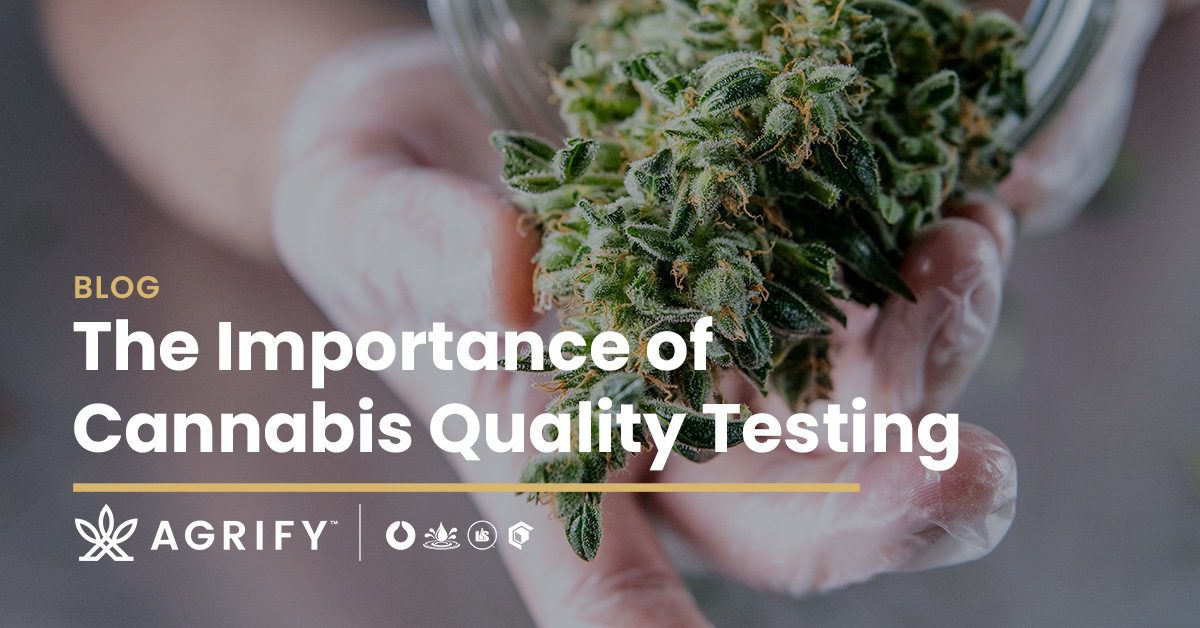The global supply chain is in shambles. Two years of continuous manufacturing disruptions, the impacts of COVID-19 lockdowns, the Ever Given in the Suez Canal, and now, the Ukraine war have accumulated into a crisis of historic levels. Every industry is feeling the crunch of the global supply chain crisis.
The effect of this crisis on cannabis cultivation is no exception. Companies are scrambling to order equipment, stockpile supplies, and manage the growing list of uncertainties. So what can cannabis growers do to survive in these tumultuous and unpredictable times?
Disruptions Not Going Anywhere for the Foreseeable Future
The cannabis industry is navigating two contradictory situations simultaneously: an unprecedented supply chain crisis combined with exponential growth. With new markets coming online all the time, the demand for equipment, cultivation supplies, and even packaging is at an all-time high. All the while, access to these supplies is getting constantly disrupted.
Equipment manufacturers are reporting the longest lead times since 1987, the highest prices since 2008, and the biggest order backlog since 1993. This doesn’t bode well for the cannabis sector. Many companies are racing to open in new markets, scale up in other regions, and carve out a foothold among a sea of competitors.
Most analysts predict that the crisis will continue well into 2023 and perhaps longer, depending on the developments in the Ukraine war or the evolution of COVID-19.
According to a recent article from Wired, “In this reality, backlogs and breakdowns are the new normal, which makes getting ahead of disruptions as early as possible more important than ever.”
All cannabis companies must grasp that this is not a temporary situation with an end in sight but one that will continue to drag out for years.
How Can Growers Navigate the Supply Chain Crisis?
As is the case in other industries, supply chain intelligence and long-term planning have become paramount for those cannabis producers wishing to open, expand, or upgrade.
So what is to be done? Unfortunately, there is no silver bullet that will put you first in line for new HVAC equipment or give you access to an undisrupted supply of fertilizer. Still, several smart strategies can help you with managing risk, strengthening scheduling, and stabilizing production.
1. Data-driven Production Planning
What happens when your supply of fertilizer doesn’t show up in time? Or when Rockwool has been backordered for months? Interruptions like these will immediately impact how much you can produce, with the effects trickling down the production line possibly months later.
The solution? Adopt predictive software that taps into your cultivation schedule to predict your demand for supplies for the near and long term.
Agrify Insights, a cloud-based software, lets facility owners, managers, and growers effortlessly plan, monitor, and optimise for high-quality harvests. As you plan out your production schedule for the coming year, it helps capture what resources you need in order to execute this plan. At this level, long-term planning allows your production team to stockpile inventories, navigate long waitlists, and overcome backorder times while keeping an eye on the operational budget.
2. Increase On-site Inventories
It may be an unpopular opinion, but the business sense of a lean inventory may be a strategy of the past. The money you may have historically saved through ordering on an as-needed basis is now rapidly disappearing thanks to long lead times and backorders.
Create a task force to monitor your top tier suppliers and their inventories. Bring in backup suppliers, preferably regionally based, who can step in when interruptions occur.
Then, spend the money to stockpile critical supplies for production, including fertilizer, spare parts for vital equipment, and other components you need to keep the harvests coming. Especially for supplies with no expiry date, the money invested in inventory today will make you money later.
3. Build Resiliency with Systems that Pivot
If we have learned anything over the past two years of disruption, there are few certainties in transportation and logistics. As a result, you will inevitably face situations that require a Plan B, C, or even D.
How can you make these pivots less painful? Build resilience in your long-term strategy with systems that facilitate change.
Agrify Insights allows production planners to quickly adjust inputs to see this information flow through the entire production schedule. Need to cut production due to limited supplies? Decrease a single field to see accurate predictions for labor, yield, operation expenses, and more. It makes it easy to experiment and develop backup strategies based on accurate predictions.
Cannabis Producers in 2022: Plan for Disruptions
The recent Wired piece exploring the crisis explained how the traditional supply chain management approach was “80 percent dealing with predictability and 20 percent coping with surprises.” But now, in today’s environment, these numbers have reversed.
All sizes of cannabis producers are feeling the pinch. Everyone needs to consider new approaches to maneuver between ongoing supply chain interruptions.
Moving from a lean inventory and adopting advanced predictive tools makes it possible to cushion the blow of equipment backorders, delivery delays, and long lead times. Your supply chain may see disruptions, but it doesn’t mean it needs to affect your production schedule.








